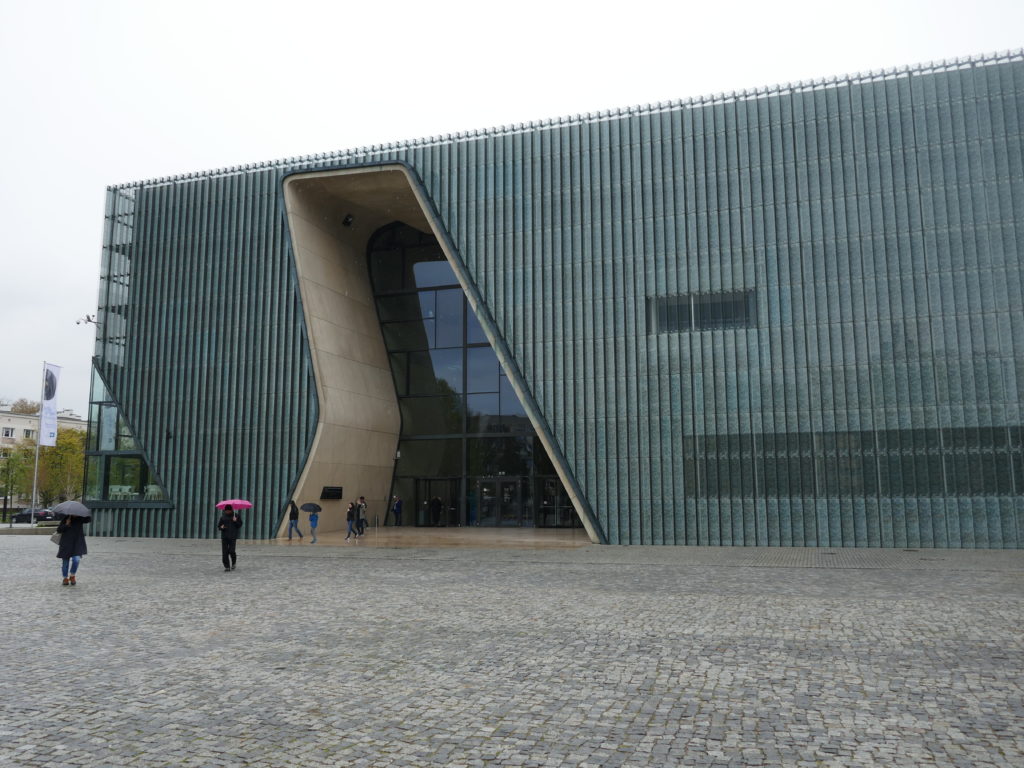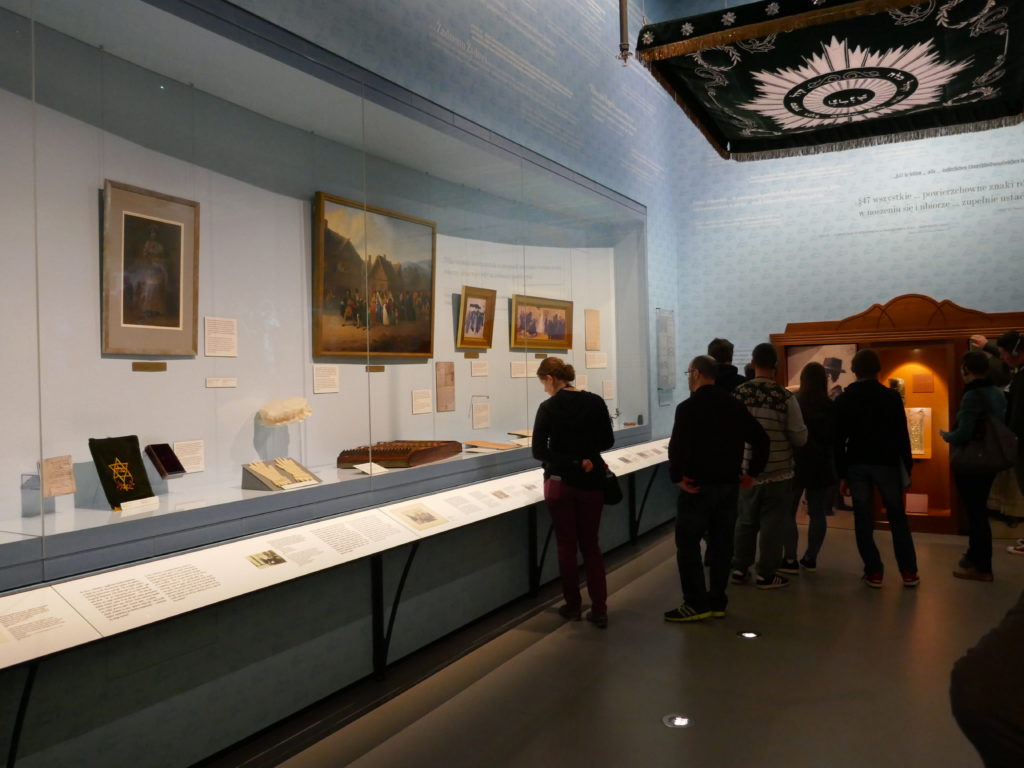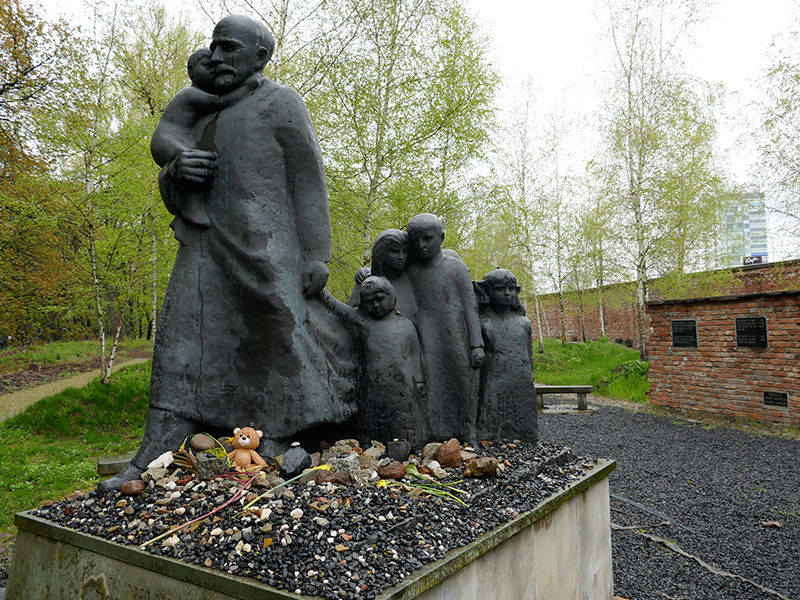The ghosts of Jewish Warsaw don’t haunt the city, but they do murmur in the background.
Home to 375,000 Jews on the eve of the Second World War – one-third of the city’s population at the time – it’s not easy to say how many live here today.
In fact, an accurate estimate of the number of Jews in Poland has yet to be made, because of how people self-identify, intermarriage and levels of involvement. But guides here are confidant the figure hovers between 7,500 and 10,000.
This in a country that once had three million Jews, 90 per cent of whom were wiped out in the Holocaust. Today, most of Poland’s Jews live in Warsaw, but there are also communities in Krakow, Lodz, Gdansk and in several cities in Upper and Lower Silesia, notably, Katowice and Wroclaw.
While visiting Krakow, we were surprised to learn that the local Jewish community centre has about 120 members, most of whom are non-Jews. Our gentile guide, Jakub Czuprynski, is a membership recruiter and preternaturally wise in the ways of Judaism.
Warsaw – today a clean, bustling city that blends the modern with whatever survived the political extremes of the 20th century – offers no shortage of attractions for the Jewish traveller.
READ: THE CASE FOR WORKING MOMS
An obvious one is the remnants of the Warsaw Ghetto, which was established by the occupying Nazis on Nov. 16, 1940. Initially, it encompassed a sprawling 307 hectares. But starting in January 1942, it was split in two, the large and the small ghettos, and some 360,000 Warsaw Jews were herded in, along with 90,000 from nearby towns. Nearly 100,000 died from starvation and disease, and, that summer, 300,000 were shipped to Treblinka.
The main sites are the remaining part of the reddish brick ghetto wall; Grzybowski Square, which formed a border to non-Jewish Warsaw; the plain, but striking, Nozyk Synagogue, the only Jewish house of worship in Warsaw to survive the war; the Ghetto Heroes monument; and the Umschlagplatz, a central square where Jews were deported from.
Up some stairs on a cobblestone pathway is a flower-bedecked black granite monument. “Oh, that’s Mila 18,” said our guide, casually. The address, made famous by the Leon Uris novel of the same name, served as the hiding place for Jewish resistance fighters in the 1943 ghetto uprising. The leadership committed collective suicide when the bunker was discovered.
READ: FIGHTING CLIMATE CHANGE WITH (MANY) FAITH(S)
Warsaw’s Jewish cemetery, among the world’s biggest, is more an open-air museum than a graveyard. Hundreds of barely legible, moss-covered tombstones, crooked with age, compete with house-sized mausoleums of the well-to-do.
Buried here are such Polish notables as Yiddish author I.L. Peretz and ophthalmologist Ludwik Zamenhof, who invented the universal language, Esperanto. There’s a heartrending monument, adorned with teddy bears, to Janusz Korczak, the pediatrician who refused sanctuary to stay with “his” orphans in the ghetto. He was murdered at Treblinka in 1942.
Without a doubt, however, the central Jewish highlight in Warsaw is POLIN: The Museum of the History of Polish Jews, which was hailed as a world-class facility, just weeks after it opened in 2014.

It’s no wonder: with eight galleries covering 47,000 square feet, the museum could be overwhelming, but manages to contain 1,000 years of Polish-Jewish history in digestible bites.
The Polish government invested $80 million in the museum, and an additional $50 million came from private funds, including from many Canadians.

The centrepiece is a meticulously reconstructed, elaborately painted ceiling of a destroyed 17th-century wooden synagogue that once stood in the town of Gwozdziec, now in Ukraine.
Using multimedia narratives, interactive installations, paintings, oral histories, religious artifacts, large-scale reconstructions and documents, the displays recreate a throbbing, vibrant and resilient Jewish community and its enormous presence in the national consciousness.
There’s a special section on the post-war communist era and the 1968 purge of Jews from top positions in government and universities. The fall of communism in 1989, the exhibit avers, saw a renewal of Jewish life “on a small scale.”
It’s worth a return visit.
